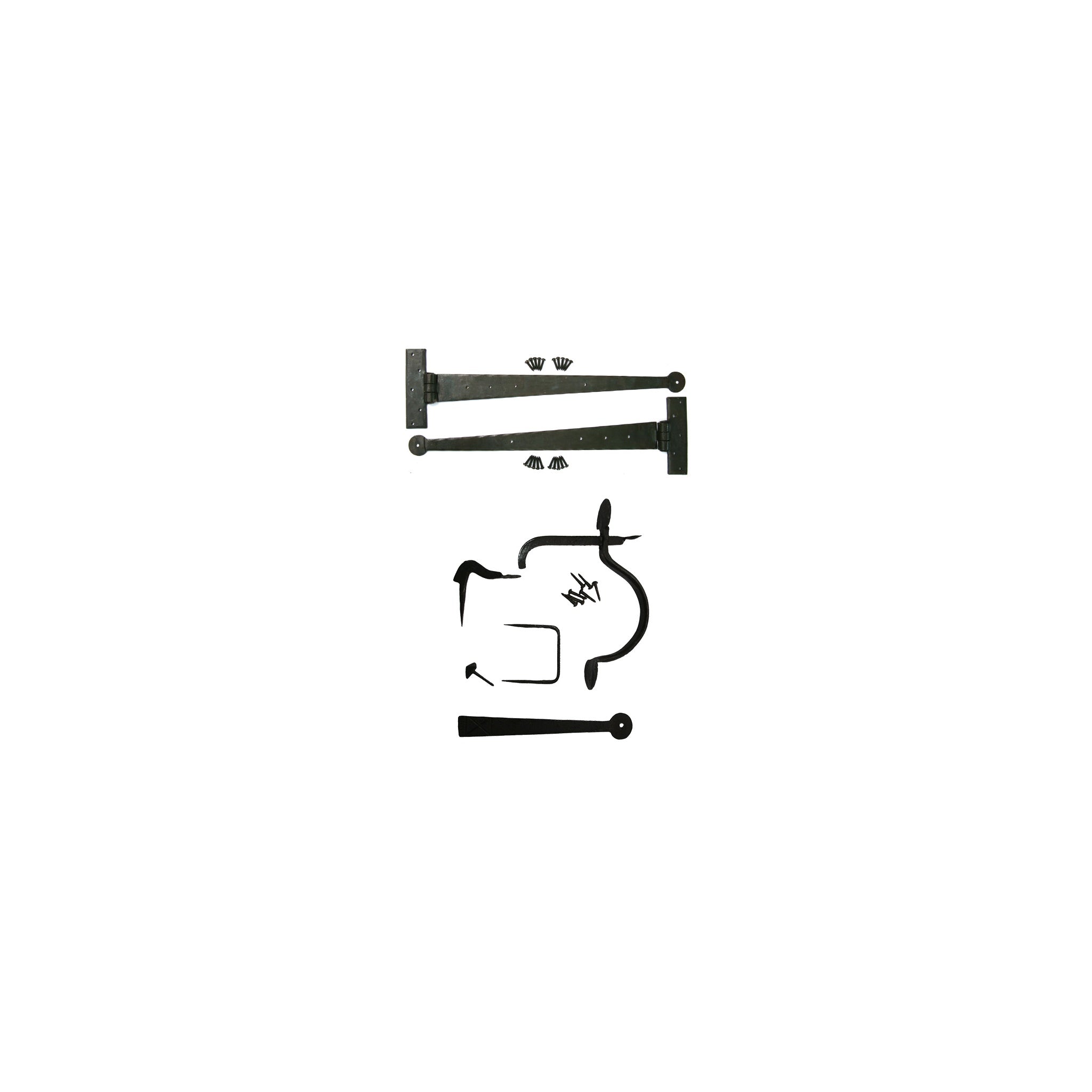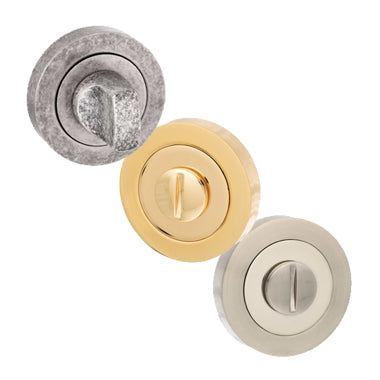

Fire doors are an essential part of fire safety in many properties, but there are often misconceptions about their requirements and use. Here are some of the most common questions and myths about fire doors, along with accurate information:
Do all properties need fire doors?
Not necessarily. Fire doors are generally required in the following situations:
- If there is a door leading from a garage into the main house in a two-story building.
- If it's a three-story home, any door leading from a staircase into a room must be a fire door.
- In commercial buildings, apartment blocks, sheltered housing, and houses of multiple occupancy, fire doors are legally required.
For single-family homes undergoing renovations, installing fire doors is optional but provides added safety.
Can a standard door be converted into a fire door by painting it?
No, painting alone cannot turn a standard door into a certified fire door. A fire door must be constructed to exact specifications using fire-resistant materials. There is no conceivable way that painting would provide the required fire resistance.
Can items be placed in front of a fire door?
No, there should be absolutely no obstruction in front of or leading up to a fire door. In case of a fire, you need to be able to move quickly, and obstructions could hamper visibility and cause trips/falls.
Does the gap between the door and frame matter for fire doors?
Yes, the gap around a fire door's perimeter is crucial for preventing smoke and fume passage. Correctly installed fire doors with smoke seals will remain firm against flames and smoke for the rated time (e.g. 30 or 60 minutes).
Can any lock be used on a fire door?
No, only fire-rated locks and ironmongery tested for use with fire doors should be installed. Standard metal locks can quickly become too hot and fail when exposed to fire.
Following the proper specifications for fire door installation, maintenance, and use is critical for ensuring they can perform their life-saving function.































































































































